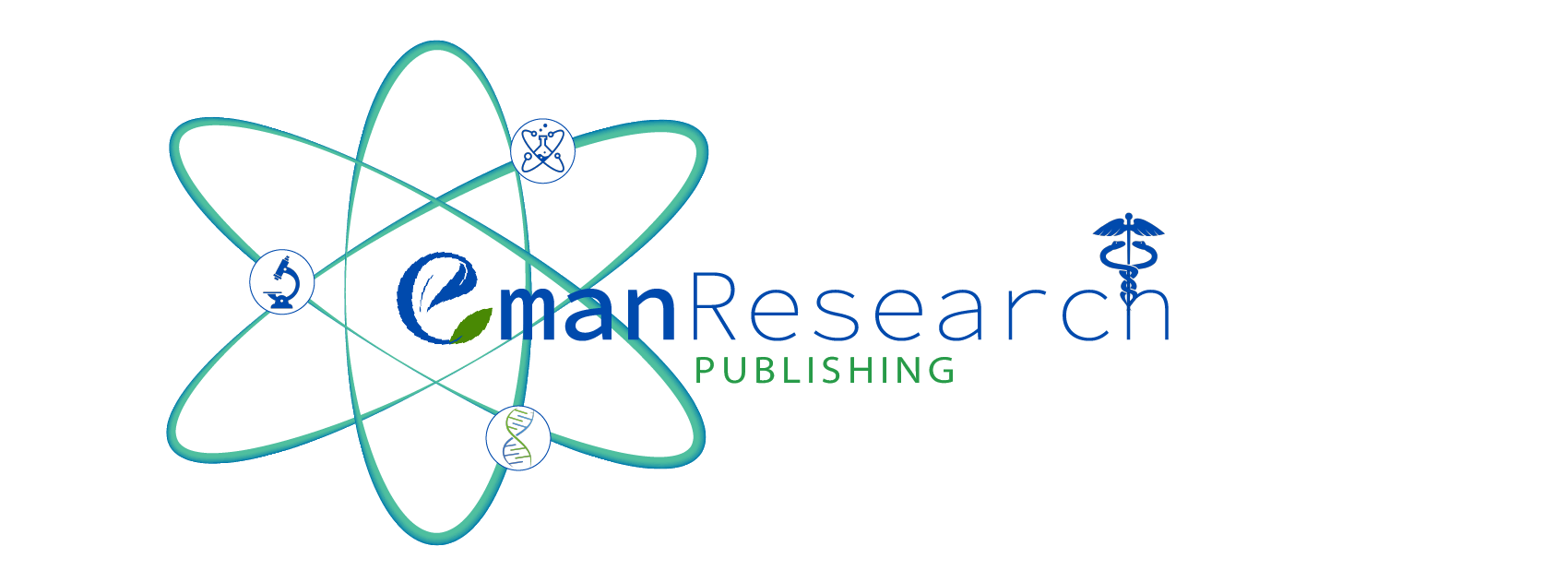Elucidating the Transcriptional Regulation and Chemosensitivity Efficacy of Terminal Differentiation Induced Non-Coding RNA (TINCR) Driver Regulator in Triple-Negative Breast Cancer (TNBC)
Afreena Afiqah A1, Nurul Nadiah AD, Chin Siok Fong1, Norfadilah R2, Reena Rahayu MZ3, Rohaizak M4, Norlia A4, Nani Harlina ML4, Ezanee Azlina MH1,*
Journal of Angiotherapy 6(3) 713-714 https://doi.org/10.25163/angiotherapy.6318C
Submitted: 24 December 2022 Revised: 24 December 2022 Published: 24 December 2022
Abstract
Introduction: Previous baseline analysis (GSE58812) displayed dysregulation of TINCR in TNBC metastasis and death patients and high TINCR expression was shown to have shorter disease-free survival in TNBCs (HR: 2.69, p-value: 0.0044). However, the underlying mechanism of TINCR in driving poor outcome TNBC is unclear. Therefore, the study aimed to elucidate the transcriptional regulation and potential chemo- sensitisation effects of TINCR in TNBC cell line model. Methods: Ensembl, PROMO, KM plotter and Promoter 2.0 Prediction Server databases was utilised to predict TINCR promoter region and transcription binding sites. TINCR promoter region was predicted by input query FASTA TINCR sequence into Promoter 2.0 Server. The highest score of the predicted site was chosen for PROMO putative transcription factors (TFs). Predicted TFs were analysed further of their prognostic effects in TNBC on KM plotter. TNBC cell line model MDA-MB-231 were transduced with shTINCR and shNT via lentiviral transduction packaging vectors. Functional assays such as growth, proliferation, migration, wound-healing, and drug sensitivity assay (MTT) were carried out. Results: Three TFs were prognostically relevant in TNBCs such as the CEBPB, ELK1, and ARNT. RqPCR showed downregulation of CEBPB and ARNT whereas ELK1 was upregulated in TINCR-depleted MDA-MB-231 cell line. Characterisation of MDA-MB-231 shTINCR cell line showed slower rate of cell proliferation, growth rate, and migration of cells compared to MDA-MB-231 shNT control. This preliminary analysis narrowed down three potential driver mechanism of TINCR in TNBC however, RqPCR revealed contradicting outcome for ELK1. MTT drug assay showed 2-fold efficacy chemo-sensitisation to Cyclophosphamide by TINCR. Conclusion: Silencing TINCR and potential TINCR-TFs may suppress tumour progression and chemoresistance. Therefore, TINCR and TINCR-TFs expression may potentially serve as a significant predictive value and prognostic marker for TNBC patients. Further insights into the functional and clinical implications of the molecular cross talk between TINCR, CEBPB, ARNT, and ELK1 may also provide therapeutic benefit for TNBC patients.
Keywords: Triple negative breast cancer, LncRNA, TINCR, Transcription factors
References
View Dimensions
View Altmetric
Save
Citation
View
Share


